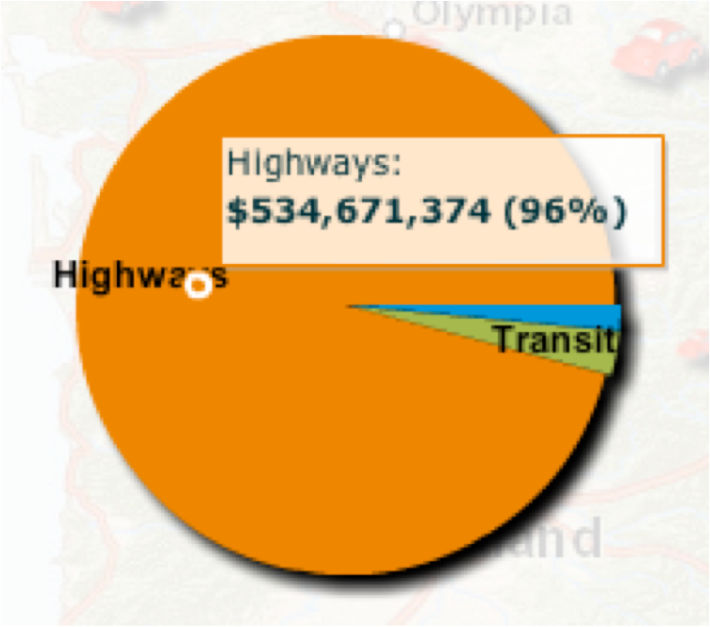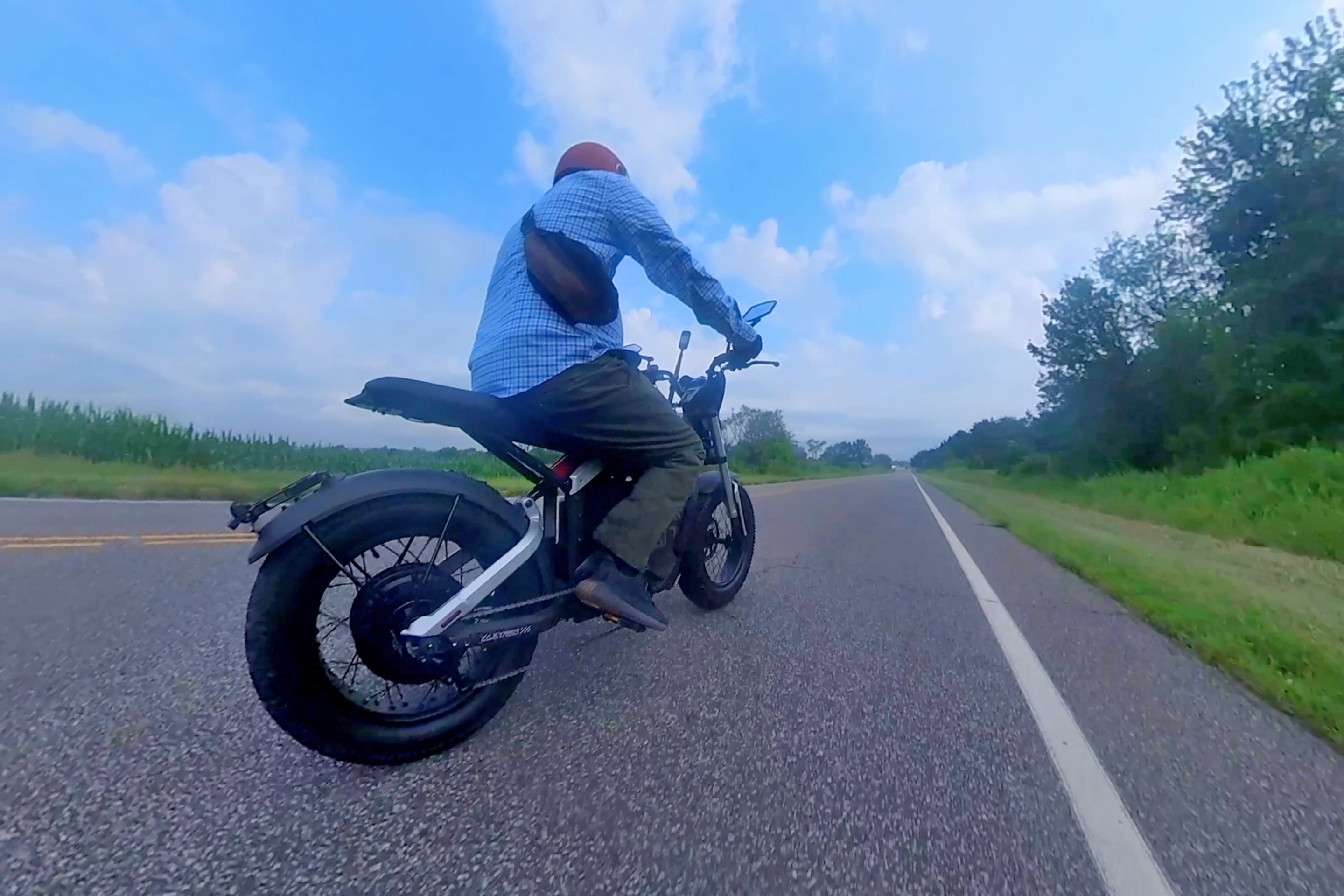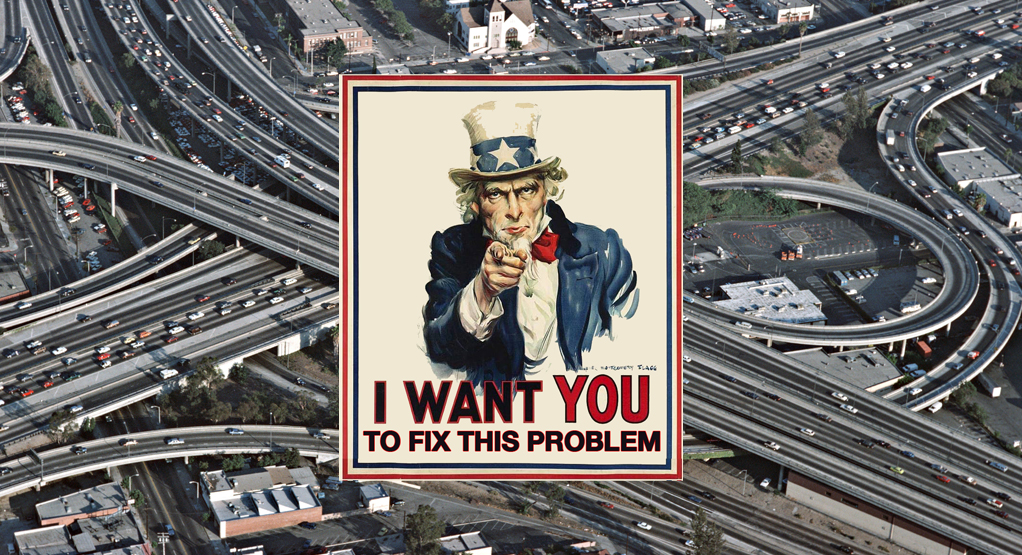Not one to back away from a terrible argument, CNN’s Anderson Cooper is sticking with his series exposing the “boondoggle” of federal high-speed rail funding. In a segment aired Monday night, he and reporter Drew Griffin hammered away yet again at their argument that high-speed rail has been a waste of money. Under the tagline “Keeping Them Honest,” Cooper and Griffin hope to raise public ire about the taxpayer money “dumped” into a program sold as high-speed rail but is really just moving slow trains “a little faster.”
After four years and $12 billion poured into high-speed rail, Griffin says it’s nothing but a pipe dream held by those who “stand to make money” from it. After all, "not a single piece of rail has been laid."
Griffin and Cooper made essentially the same arguments as their last segment, which cast hellfire and brimstone on a successful little project in Vermont that came in on time and under budget, cutting trip times and improving performance. And Streetsblog’s response is essentially the same.
Still, I can’t help calling out a few notable points that surfaced in this week’s story.
This time, they’re focused on improvements between Portland and Seattle, which, Griffin said, cut 10 minutes off a three hour, 40 minute trip. He doesn’t say how much the improvements cost, but he does mention that Washington state got $800 million of stimulus high-speed rail money, “mostly” for these rail improvements. (A small portion of those funds were actually appropriated in 2010, separate from the stimulus.)
If it makes him feel any better, the rest of Washington’s stimulus money for transportation was spent like this:
WSDOT Secretary (at the time) Paula Hammond says that despite the modest trip savings, the state is pleased with the results. “Ten minutes doesn’t sound like a lot of time," Hammond told Griffin, "but when you think about the fact that you have more options for more round trips, that you know that the train will come and go reliably and on time -- that, to us, is what our passengers tell us is the most important thing.”
Griffin notes that it was never Washington state’s intention to build bullet trains. “I don’t know if we’ll ever want high-speed rail, high-high-speed rail,” Hammond told him. “We want the ability of our communities to be connected so that we can provide good travel, a daily business trip between Seattle and Portland, and the opportunity not to have to fight traffic.”
So Washington state got exactly what it wanted from this project. It’s just not what Anderson Cooper and Drew Griffin wanted. But all they’ve got to complain about is that, although rail travel is booming where these improvements have been made, they’re not “Japanese- and European-style” bullet trains, and that was the vision the president sold. I agree that the White House could have done a better job managing expectations, but that doesn’t make this project any less significant.
In February 2011, the Amtrak Cascades line, which serves Portland and Seattle, ran on time less than 60 percent of the time [PDF]. In February 2013, it was on time almost 75 percent of the time. Ridership has grown more than 150 percent over the past 15 years, according to the Brookings Institution, and the line now serves 845,000 passengers annually [PDF].
Sounds like whatever WSDOT and Amtrak are doing is working.
Cooper and Griffin marveled toward the end of the segment about the “thousands of emails” they received after the last segment criticizing their coverage – an “email bomb,” they called it. (Nice job, readers!)
“There’s a network of people who really do believe, deep down -- they’re rail enthusiasts -- they believe in the idea of bringing the Japanese- or the European-style trains here to the U.S.,” Griffin told Cooper. And he went on, patronizingly: “But as we have explained to them, even after we got email bombed, ‘Look, you’re not getting high-speed rail,’ and they will admit it. They will admit that this administration is not investing in the actual bullet trains like the ones that they believe will bring us into future of transportation. It’s not what we’re getting, Anderson.”
If the people they heard from were anything like the folks who read Streetsblog and commented on or tweeted our last story on the issue, these were high-level rail experts Griffin was “explaining” high-speed rail to. I’m sure they were grateful for his wisdom.
Griffin said they had reached out to the people who had sent those “very critical” emails. I didn’t hear from them. Did you?






